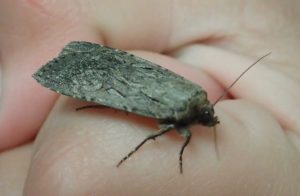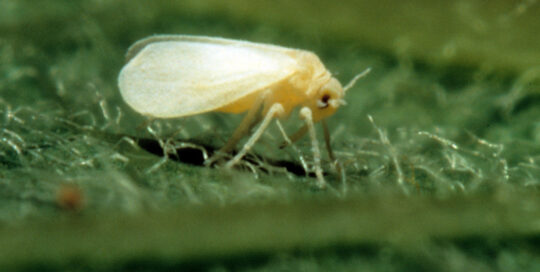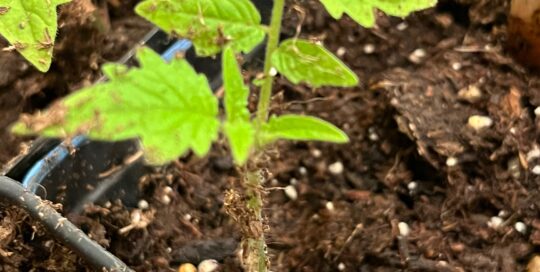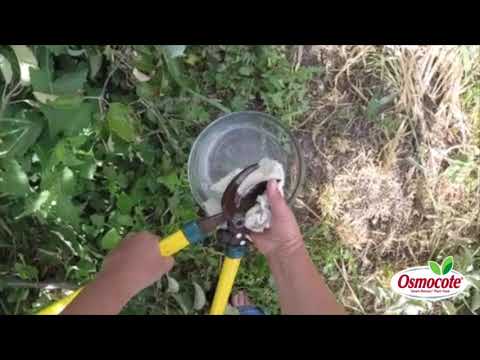Moths: The Good, the Bad, and the Reality of These Garden Pollinators
Views: 45280

Moths elicit varied responses from people. Sometimes they are so beautiful, like the enormous Sphinx (or Hawk) moth, that they are a joy to see. Other times, such as when they’re dive-bombing you as soon as you turn on a light, they’re a bother. Since people seem to love them or hate them, I thought it makes sense to discuss the good, the bad, and the reality of moths.
Moths come in all shapes and sizes. From minute species like the pygmy that is a mere 2.5 mm to the enormous Atlas moth with a 10-inch wingspan, it’s obvious you can’t assume they are all the average 1-inch length. Most of the dull browns and grays. But, there are some vividly adorned species that mimic other insects or are so-called to discourage predators.
Benefits
Many people don’t realize that moths are important pollinators. When they are keeping us awake at night, it’s hard to remember that many species play a critical role in the garden just as much as the beloved butterflies. Sphinx or Hawk moths are best seen at night when they visit evening-blooming flowers. And while they will pollinate any flowers that are open at night, some gardeners enjoy purposefully planting a “moon garden” to encourage these after-hours pollinators. A few plants moths particularly like since they often find their food source by smell include nicotiana, evening scented stock, moonflower, evening primrose, and heliotrope.
They’re also more adapted than we might think. Since bats consume a lot of moths, some of the species make a squeaking sound to throw off their echolocation. Others take evasive action and basically outfly their hungry pursuers.
Harms
But moths can be a pest. The Death’s-head Hawk Moth (remember The Silence of the Lambs? ) has a fascinating characteristic of being able to mimic the scent of the bees in the colony making it virtually invisible. It’s believed to emit a squeaking sound that resembles the hive’s queen. Between these talents, and a resistance to bee venom, this particular moth is known to simply waltz in and steal honey. And if honey-thieving wasn’t enough, on top of having an ominous appearance, even the caterpillar can be a bit of a nuisance notoriously feeding upon potato plants.
Some moths have a reputation of eating clothing or other fiber. The reality is most species feed on the nectar of the plants. They need the high carbohydrates to complete their lifecycle. They also cause the most damage when they are in their larval form of a caterpillar. Gypsy moth larvae, an introduced, non-native species are responsible for the defoliation of many trees. Anyone with broccoli or other Brassicas knows it’s a constant battle to stay ahead of the cabbage moth. And even though the sphinx moth is one of my favorites to watch in the garden, its larvae is the tomato hornworm, a significant pest in many regions of the country.
Like so many creatures, there’s give and take when it comes to moths. They are excellent pollinators as adults, yet their larval stage is nearly always problematic for gardeners. We just have to accept them as they are. Shoo the moth out the door at night, and pick off the larvae from your cabbage leaves in the morning.
Meet Amy Grisak
Amy is a freelance author and photographer in Great Falls, MT who specializes in gardening, foods, and sustainable agriculture. She provides information on every kind…
Amy's Recent Posts

Watch Out for Silverleaf Whiteflies








